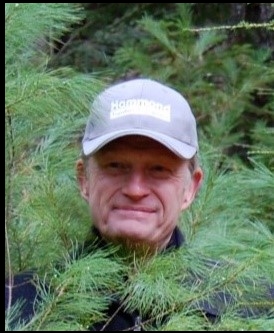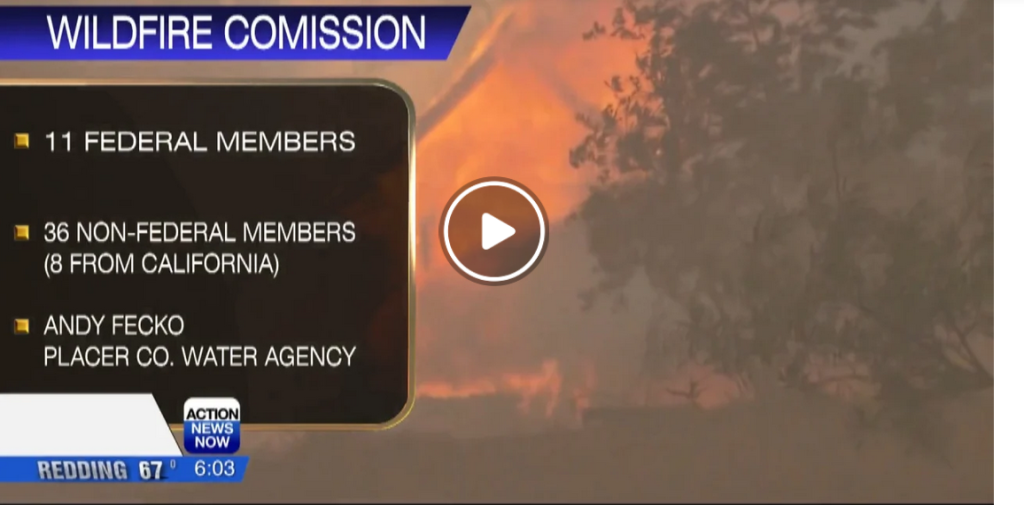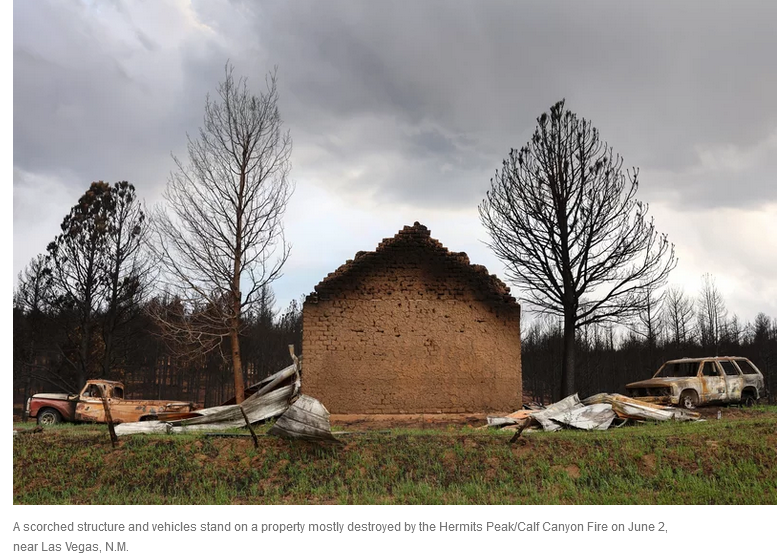
This is the second in our series of posts summarizing and riffing on folks’ essays from the Steve Wilent-edited book 193 Million Acres. I first met Lloyd Irland’s work back in the dinosaur days; a paper or presentation about Maine woodlots in conditions of market uncertainty. I tried to find it to introduce this essay, but instead ran across a book chapter from 1984 on improving the EIS process: a case study of spruce budworm control. Suffice it to say that Dr. Irland has been around for a while, and seen and studied many interesting things.
*******************************
When I was an undergrad, forestry economists were confidently announcing with a new approach to setting priorities: evaluate them according to economic metrics like net present value and return on investment. This, they believed, would enable officials to screen out projects that the economists considered inefficient and thus boost effectiveness of management of the federal forests. It was time, they said to make decisions on the basis of economic facts rather that vague notions of “good management”. Vast displays of such analyses, often comparing dozens and dozens of treatment options, were produced. Economists were soon being added to staffs at individual National Forests. Late in graduate school I read Sam Hays’s book “The Gospel of Efficiency” (note: this book can be read for free) about the leaders of the early conservation movement.
Fast forward a few decades: Steve Wilent invites contributions to a book on the “Efficiency and effectiveness of the US Forest Service”. I ponder this for a time: “efficiency, not a bad idea. But what does it really mean for forestry anyway?” As I thought about this, I remembered Hays’s book and decided to review an evolving series of different “Gospels of Efficiency”, a shorthand way to talk about different definitions of efficiency. I came up with a list:
Efficiency as elimination of waste, of losses to forest fire, and overgrazing. Major themes of early foresters at a time of peak lumber consumption by a growing nation. This way Hays’s conservation movement.
Efficiency as cost-benefit analysis and cost-effectiveness analysis, to be based on quantification. Science was to be the arbiter of what is “efficient”. This was becoming institutionalized as Program Planning and Budgeting, led on by MacNamara’s whiz kids at the Department of Defense. Those priests of efficiency then got me sent to Vietnam to efficiently fire artillery at targets out in the jungle.
The Gospel of Growth: effectiveness as working to meet ever-rising future needs for wood, meat, water, and campsites and hiking trails. Extreme examples proliferated: roads and pre-commercial
thinnings in lodgepole stands at 8,000 feet even “terracing” to solve the problem of poor regeneration. Huge dams were built on the premise that water that did not flow over an alfalfa field or through a turbine was flowing wastefully to the sea.
By the 1970s and 80s, more groups walked into the debates on efficiency with different notions of what might be efficient—unquantifiable values, outdoor recreation, biodiversity needed to be
accommodated, if not reign supreme. How to do this? The Gospel of Planning arose. We would build national RPA planning assessments and those would help set priorities for new Management
Plans that would enables us to serve all important values at once. The staffs, their offices, their conferences, and their documents got bigger and bigger. The ensuing analysis paralysis frustrated everyone. I found myself quoting General “Vinegar Joe” Stilwell who remarked, after visiting the Army’s War Plans unit in about 1940: “Somebody with a loud voice and big stick needs to march in there and yell “Halt”. Then carry all the plans outside and burn them”.
A solution was duly found: We’d keep the books better. Accounting, we were told, would give us the answers we were seeking. Hence the journey into TSPIRS. Money gainers were efficient, losers weren’t. That would be that. Herculean efforts ensued, conferences were held, computers whirred, accountants debated. Then the idea seems to have vanished.
Today a new Gospel has arrived: the Gospel of Ecosystem Services. If managing forests can’t make money from wood, answer is to get people to pay for ecosystem services. This concept had been
gaining traction for some time as Carbon arrived –the ultimate ecosystem service. It is not possible building on inventory, yield predictions, and GIS achievements for past decades, to design management program that will maximize the new single variable of choice: the carbon balance.
One reader of a draft cautioned me that the term “Gospels” should never be mentioned on campus these days. I retained it anyway as it hints at the fervor and determination of the advocates for these programs. None of these advocates were fools; they were optimistic that they had found solutions – they could make “efficiency” an effective mandate and guideline for forest management.
But the history of these Gospels shows that efficiency has meaning only in relation to goals. If there are no agreed-upon goals, then efficiency dissolves as a goal. But in an increasingly polarized and even tribal society, groups are bitterly divided over goals. For a time, satisfying groups of warring “stakeholders” seemed the only way forward. Now in a time when every stakeholder is back d by “campaigners”, litigators, and abundant funding, making peace among stakeholders seems a faint hope in many places.
Solutions: there are no new Gospels to resolve these predicaments, which are rooted in the polarization and entitlement trends in our wider society. Forestry cannot escape them. Some observers believe they are making effective governance virtually impossible, a view that has some merit in my estimation. A few incremental improvements could be made, however. Let me list two, and hope that you will read the full essay to see the others.
Revitalize and place higher priority on National Forest System implementation and effectiveness monitoring. For a time this was an active field. Today you search in vain for recent and through
reports. Without good information on what is actually happening, how can we begin to discuss efficiency, effectiveness, or goal attainment? Probably few “Forest Supes” ever make Regional
Forester on the basis of distinction on this task. I know this process interests data nerds and policy junkies like myself, but it is only good management and communication. It has to be done.
Second, I once had copies of two evaluations, a decade apart, that were conducted on the National Forests in Wyoming, following intense criticism of management practices on marginal, roadless lands. Unfortunately this was a pre-computer, pre-pdf era. Both reports were by informed and serious, outside people who studied, listened, and visited. The reports, in my opinion, were excellent, and should have received much wider distribution. I wish this could be done again, now and then, in representative locations around the country.
**********
from Sharon.. if anyone has copies of these evaluations, please send and I will post.







